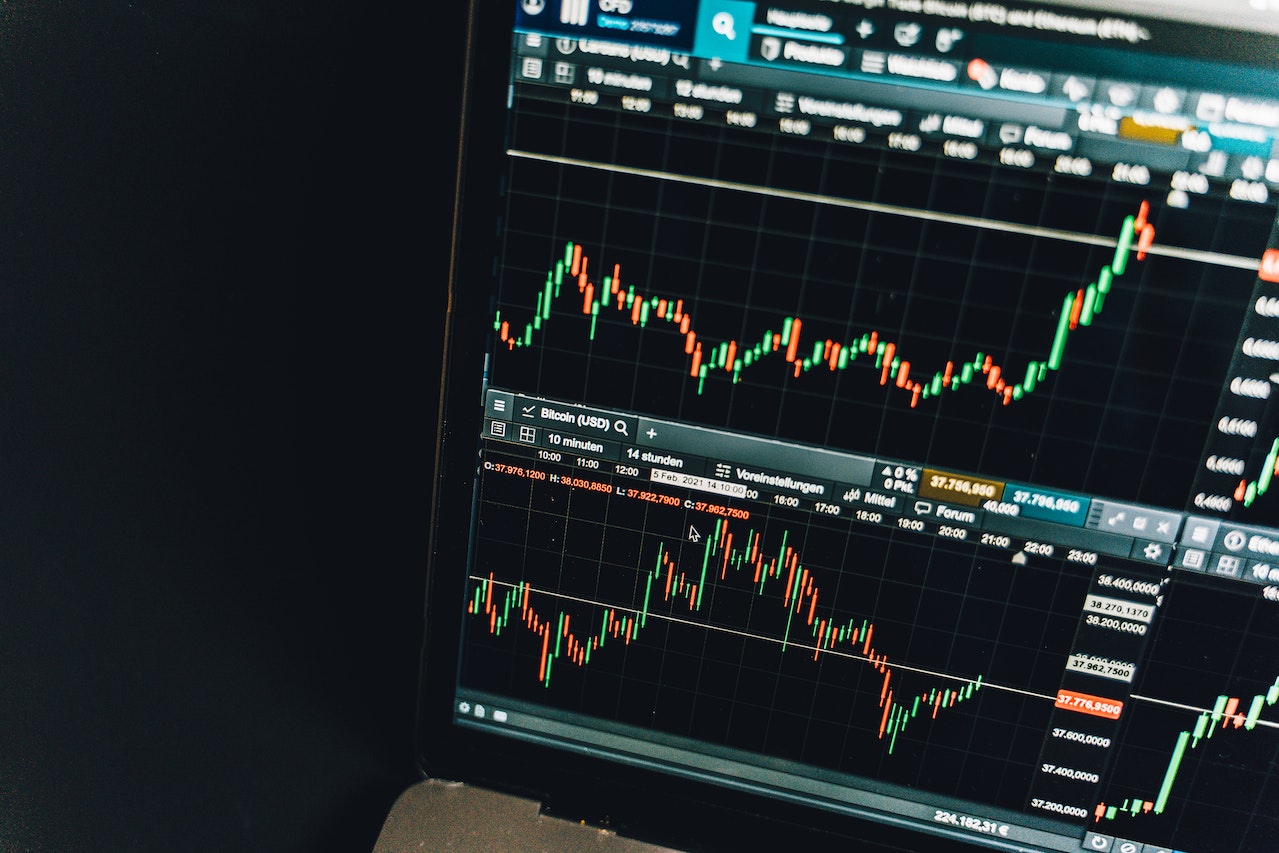Treasury yields saw a surge to 4.9% on Wednesday, marking a significant milestone not seen since 2007. This move sent shockwaves through the financial markets, particularly impacting stock prices. As the steady upward trend in bond yields continues, it threatens to disrupt what had otherwise been a robust year for the equity markets.
The phenomenon driving this market turbulence lies in the inverse relationship between bond prices and yields. As investors shed bonds, prices decrease, causing a surge in Treasury yields. The ongoing selloff in the bond market is intensifying the approach toward the psychologically significant threshold of 5% for the 10-year Treasury yield, reminiscent of how the Dow Jones Industrial Average’s 30,000 mark exerted a magnetic pull on investors in 2020.
However, it is not solely the absolute yield level that rattles the markets; rather, it’s the pace of change in prices and rates. Bonds are typically regarded as a stable, uneventful portion of an investment portfolio, characterized by minimal fluctuations. Treasuries, including bills, notes, and bonds, are often considered “risk-free.” Nonetheless, confidence in the US government’s ability to meet its financial obligations does not guarantee the preservation of these securities’ value over time, a lesson investors are currently grappling with as the Federal Reserve embarks on a rate-hiking cycle.
This shift in the Treasury market coincides with the stock market’s fixation on a select group of companies, now dubbed the “Magnificent Seven.” These businesses include Apple (AAPL), Alphabet (GOOGL, GOOG), Microsoft (MSFT), Amazon (AMZN), Meta (META), Tesla (TSLA), and Nvidia (NVDA). An observation by Torsten Sløk, the chief economist at Apollo, emphasizes the notable divergence in the price-to-earnings (P/E) ratios of this elite group versus the broader market.
Throughout the year, the S&P 493, which excludes the aforementioned tech giants, has maintained a consistent P/E ratio of approximately 19. Conversely, for this exclusive cohort of stocks, the collective P/E ratio has surged by over 50%, climbing from 29 to 45. This indicates that investors are not uniformly enthusiastic about the prospects of most companies, but only a select few.
Sløk’s commentary highlights the astonishing fact that this sustained overvaluation of tech stocks has occurred in a year characterized by significant increases in long-term interest rates. He points out that tech companies rely on cash flows projected far into the future, which should theoretically be adversely affected by rising discount rates.
Expectations for the future cash flows of these “Magnificent” companies may be lofty, but it’s worth noting that these firms generate substantial cash in the present. Nevertheless, Sløk contends that the current tech-led rally seems “inconsistent” with the concurrent spike in yields.
In his analysis, Sløk raises a pivotal question, stating, “In short, something has to give. Either stocks have to go down to be consistent with the current level of interest rates. Or long-term interest rates have to go down to be consistent with the current level of stock prices.”
Aside from these financial intricacies, several other factors can affect stock prices and risk-taking behavior, particularly in the face of inflation uncertainty. Market sentiment could be swayed in either direction depending on the evolving economic outlook.
In summary, the surge of Treasury yields to 4.9% presents a pivotal juncture for financial markets. It challenges the stability of the stock market, particularly as the tech sector leads an unusual divergence from the trajectory of interest rates. The prevailing uncertainty, coupled with the Federal Reserve’s actions, makes for a volatile and complex financial landscape. As investors navigate these turbulent waters, the ultimate impact remains to be seen.
Source: Yahoo Finance



